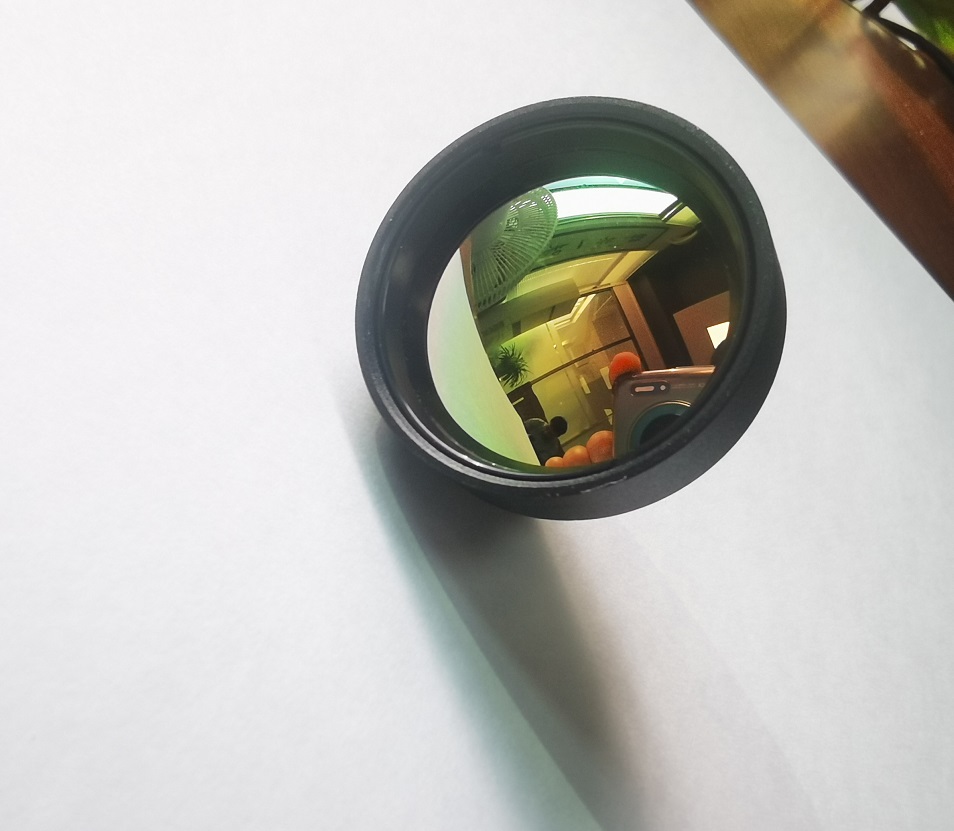Company News
Understanding the Fundamentals

Thermal imaging lens technology has revolutionized various industries by providing a non-contact approach to capturing and visualizing heat radiation. By detecting and converting infrared radiation into visible images, these lenses have paved the way for enhanced temperature measurements and the identification of potential anomalies in diverse settings.
The Principle Behind Thermal Imaging Lenses
Thermal imaging lenses work on the principle of utilizing unique materials and technologies to detect and focus thermal radiation emitted by objects. The lens consists of an array of miniaturized heat sensors known as microbolometers. These sensors detect the infrared radiation and convert it into electrical signals, which are subsequently processed and transformed into visible images using specialized software algorithms.
One of the key components of a thermal imaging lens is the lens coating. Lens coatings are designed to improve transmission efficiency and minimize reflection losses, allowing more accurate capturing of thermal images. Additionally, the lens may incorporate various filters to enhance specific wavelength ranges or to reduce unwanted signals.
Applications of Thermal Imaging Lens
1. Industrial Inspections: Thermal imaging lenses are extensively used in industrial inspections to identify hotspots, perform heat audits, and detect potential electrical or mechanical failures. Industries such as manufacturing, energy, and automotive rely on thermal imaging lenses for preventative maintenance and troubleshooting purposes.
2. Surveillance and Security: Thermal imaging lenses play a crucial role in surveillance and security applications. They enable the identification of human and animal activities even in complete darkness or challenging weather conditions, providing valuable insights for perimeter monitoring, search and rescue operations, and border control.
3. Medical Diagnosis: Thermal imaging lenses find applications in the medical field, particularly in diagnosing and monitoring various conditions. Medical thermography utilizes these lenses to identify abnormal thermal patterns, aiding in the detection of diseases, inflammations, and circulatory disorders.
4. Building and Energy Efficiency: Thermal imaging lenses are widely used in building inspections to identify energy loss, insulation defects, and moisture-related issues. By capturing thermal images, these lenses help architects, energy auditors, and facility managers optimize energy consumption and improve building efficiency.
Conclusion
Thermal imaging lenses have revolutionized temperature measurement and capturing heat radiation. Their unique ability to visualize thermal patterns has found applications in industrial inspections, surveillance, medical diagnosis, and energy efficiency. By harnessing the principle of thermal radiation, these lenses continue to advance and offer valuable insights in various fields.
 English
English  German
German Japanese
Japanese Korean
Korean Vietnamese
Vietnamese French
French Spanish
Spanish भारत
भारत



